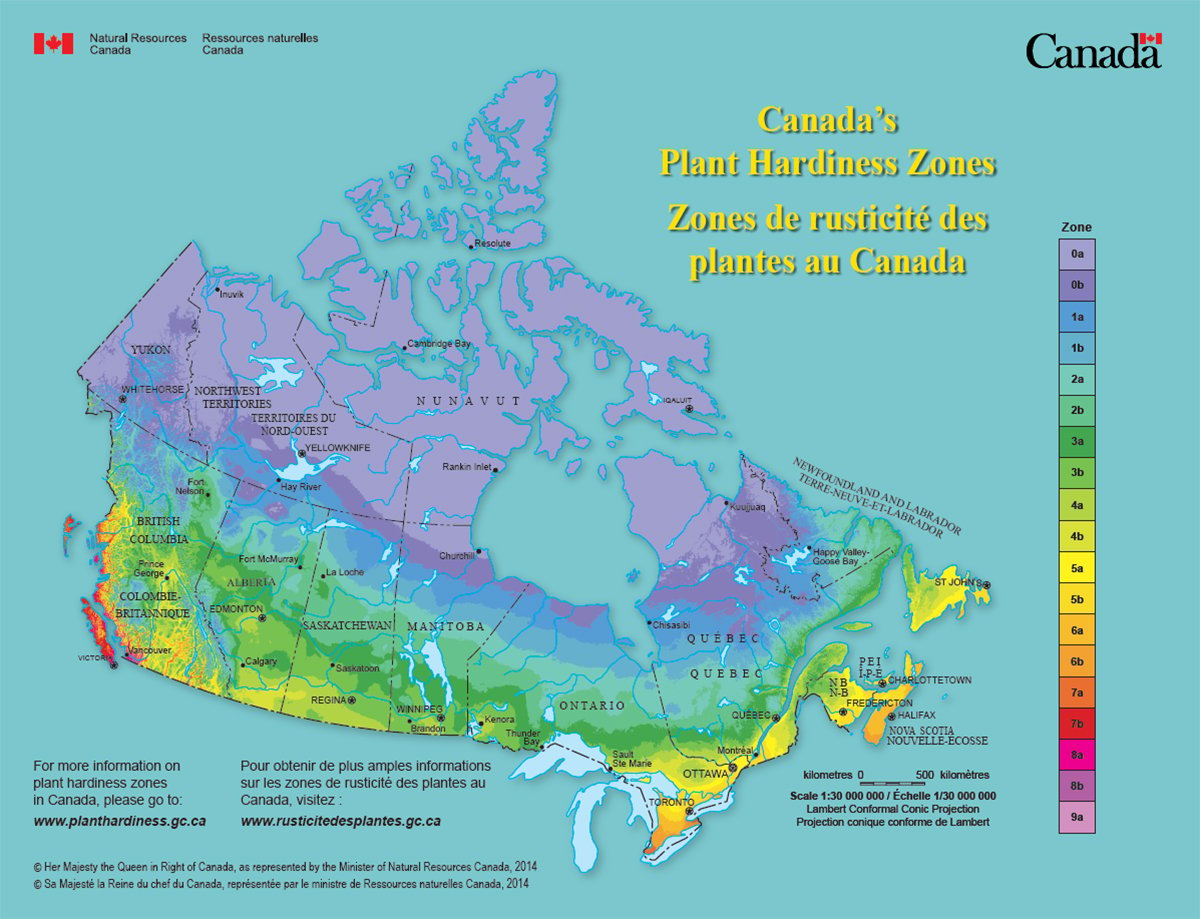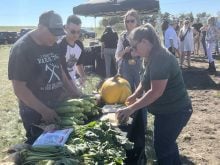A new website provides information on diseases that afflict lentils, peas and chickpeas.
This information includes text and color photographs that identify the diseases, guidelines for determining whether fungicide treatment is necessary, and maps that indicate the Saskatchewan rural municipalities in which the diseases are occurring.
Called Pulse Crop Diseases, the site can also be found on the Saskatchewan Agriculture website at www.agr.gov.sk.ca/ by linking through crops and special crops.
The website is part of the Canada-Saskatchewan Agri-Food Innovation Fund project called integrated disease management for chickpea, lentil and field pea.
Read Also

Canada’s plant hardiness zones receive update
The latest update to Canada’s plant hardiness zones and plant hardiness maps was released this summer.
It was created by Lone Buchwaldt, a research scientist on contract with Agriculture Canada’s Saskatoon Research Centre.
“Dr. Buchwaldt has spent six years doing research on lentil diseases at the University of Manitoba,” said Ray McVicar, Saskatchewan Agriculture’s special crops specialist.
“She is an expert on anthracnose in lentil in Western Canada and, coincidentally, started with Agriculture and Agri-Food Canada in July last year, about the same time as anthracnose in lentil became a major economic problem in Saskatchewan.”
Buchwaldt said the website is a useful tool for identifying disease, because it has color pictures of ascochyta blight on lentils, peas and chickpeas, and anthracnose on lentils.
The site will eventually show and describe powdery mildew and fusarium wilt on peas, and botrytis (grey mould) on lentils.
“This is the textbook section of the site,” Buchwaldt said.
“It also explains how the fungi spread and survive, as well as control options such as crop rotation, healthy seed, tillage practices and foliar fungicide applications.”
The second part of the website offers a fungicide decision support system to help growers calculate the risk of foliar diseases in lentils and peas that may warrant a fungicide application.
The third part includes three maps of Saskatchewan. By clicking on lentils, peas or chickpeas under disease maps ’99, viewers will be able to tell which rural municipalities are reporting the disease. These reports are up to date because the reporters enter their information on-line, she said.
Reports are submitted by Saskatchewan Agriculture or private-industry agronomists with a background in plant pathology. Most of the reporting will take place from mid-June to mid-July, the peak time for the development of pulse crop diseases and fungicide application.
Weather links are also provided – Environment Canada for the latest five-day weather forecast and the Prairie Farm Rehabilitation Administration’s rainfall network, which reports the weekly accumulated rainfall.
Other internet links are with SAF, Saskatchewan Pulse Growers, Agriculture Canada, seed-testing companies and other related industries.
The site’s address is paridss.usask.ca/specialcrop/pulse_diseases/.














